A rare and massive ranch near Aspen is for sale for $150 million — but there's a catch. Take a look.
A monastery compound on over 3,700 acres near Aspen, Colorado, is on the market $150 million.
There aren't many monks left, and the land near the ritzy ski town is mostly used as a ranch.
This amount of land near Aspen is rare, but there aren't many viable, serious buyers. Here's why.
A 3,720-acre ranch in Snowmass, Colorado — a ski town 15 miles north of Aspen — is on the market for $150 million.
Its current owner is St. Benedict's Monastery, which no longer has enough monks to support itself and is looking for buyers who want a lot of land close to the slopes.
Listing agent Ken Mirr, who specializes in ranches, knows how rare a property like this is.
"It is such a unique landscape. Somebody will sit there and go, 'Wow, there's nothing like this,'" Mirr told Business Insider. "You're not going to duplicate it."
Mirr, of Mirr Ranch Group, shares the listing with Michael Latousek of Douglas Elliman.
The Cistercian Order of the Strict Observance, a Roman Catholic religious order colloquially known as the Trappists, bought the property in 1956 for an unknown price. It built the original monastery in 1958.
Early on, the monks supported themselves by cattle ranching, making candy, and selling eggs to local restaurants and farmers. Later, they tapped a local cattle rancher to do the physical work with livestock on the land.
The monastery includes a chapel, prayer areas, and living quarters for the monks. The compound added more buildings since the 1950s, including a retreat center hosting events.
The late Reverend Thomas Keating founded the Snowmass Interreligious Conference in 1984, bringing regular interfaith retreats to St. Benedict's. The space has also been used by the Aspen Institute, Mirr said, which hosts the yearly Aspen Ideas Festival that is attended by business executives, public officials, and other thinkers.
The property might sound like the perfect location for an ultrawealthy buyer to erect a massive family compound. But Pitkon County, where Snowmass and Aspen are located, won't let large developments be built without scrutiny.
The county has caucuses that uphold its laws and approve land uses. In Snowmass, the caucus approved a 5,750-square-foot limit to the floor area of homes — so putting up an extra-large megamansion on the ranch is out of the question.
The county is known for oversized luxury homes that trade for handsome sums — a 22,405-square-foot mansion in Aspen sold for a record-setting $108 million in April to an LLC called Buddies Aspen, which the Wall Street Journal reported is a powerful duo: billionaire financier Thomas Peterffy and former casino developer Steve Wynn.
Mirr said he has already turned away buyers who are not the right fit for the property. He and the monastery leadership are looking for someone who want to do a little with a lot.
"There's going to be a limited buying pool, and we understand that," Mirr said. "Our focus really is to look at a conservation buyer ultimately who can work with the code and work with the open space."
The property, as it exists today, is about 3,720 acres in total.
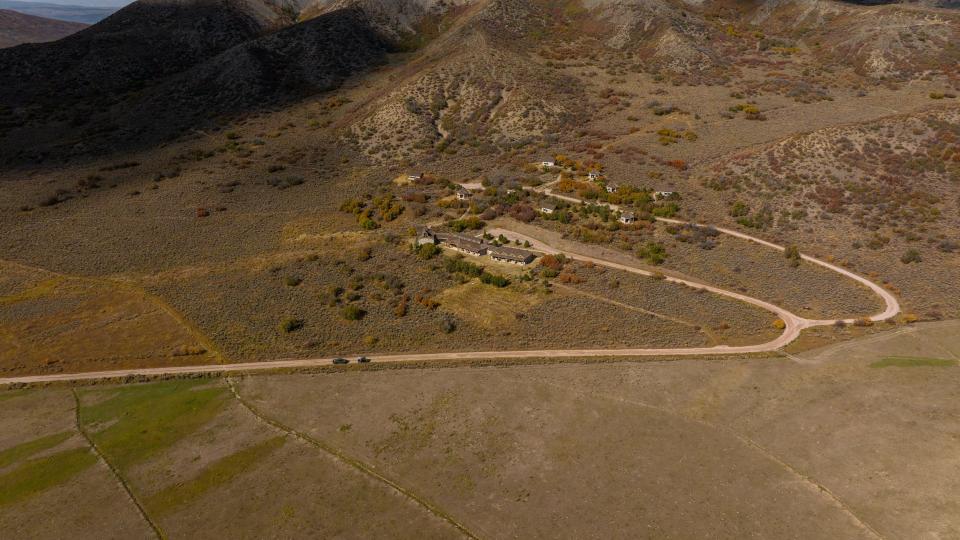
The monastery accumulated multiple parcels over time, Mirr said.
The Cistercian Order of the Strict Observance acquired the property in 1956.
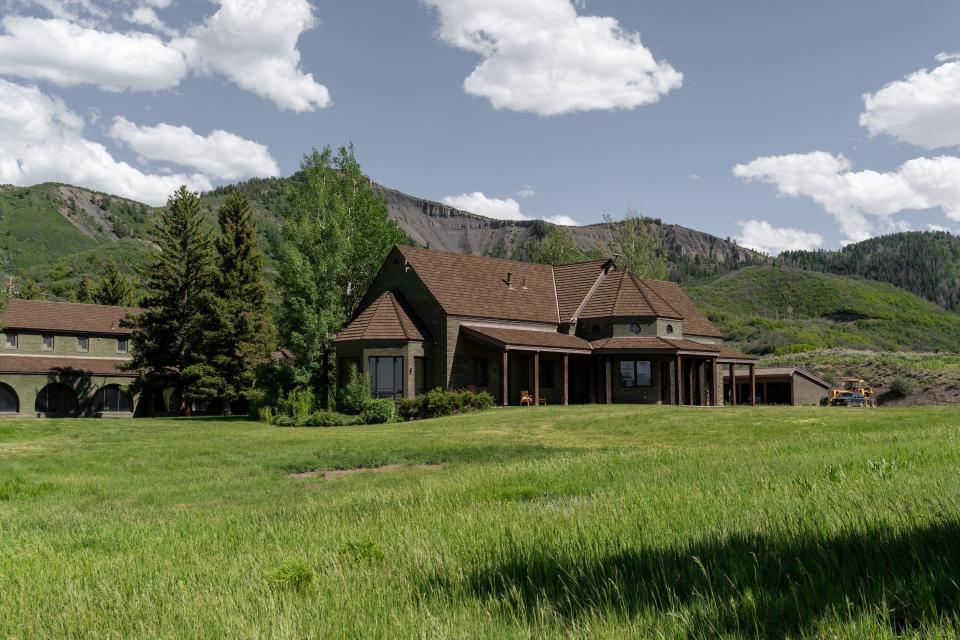
Before monks bought the property, ranchers and farmers who had settled there years before occupied the land.
The early monastery buildings — built by the monks themselves — were finished in 1958.
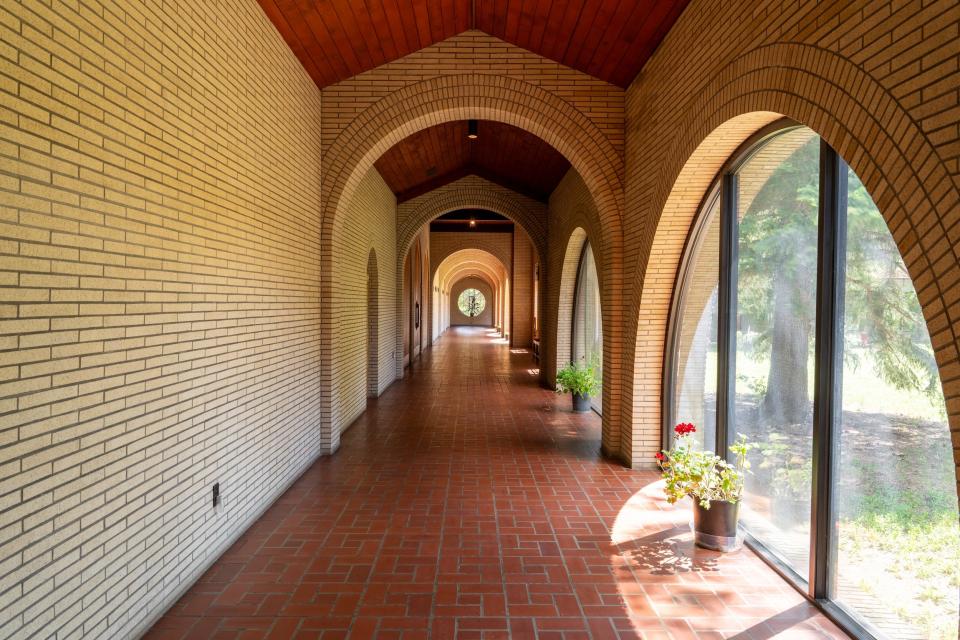
"They based it on a 14th-century design of a monastery from France," Mirr said. "They had the brothers there help build it."
There have been additions since then.
The buildings that make up the monastery total about 18,000 square feet.
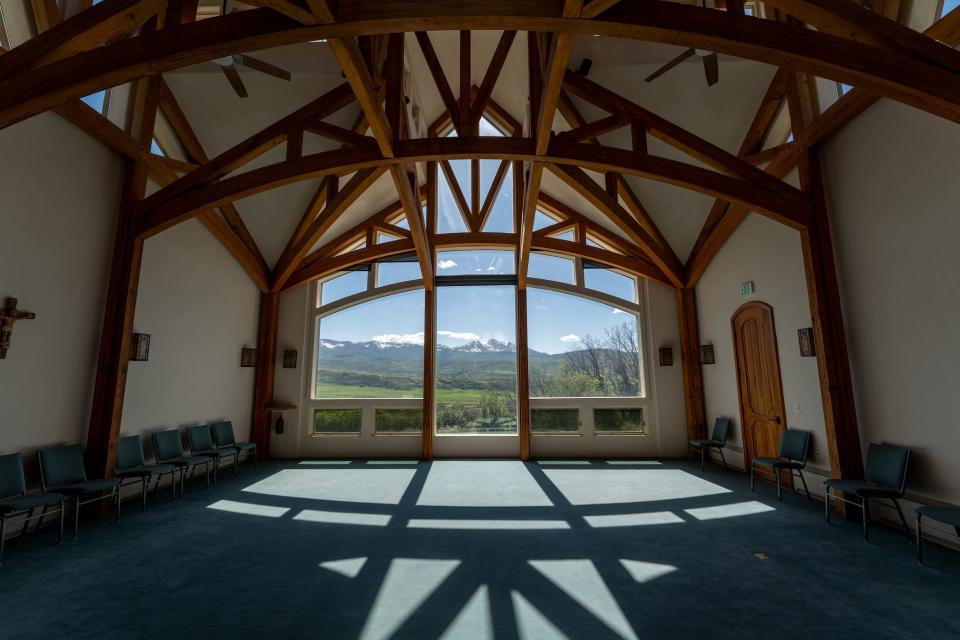
Along with a chapel, prayer areas, and living quarters for the monks, there are additional buildings that were built during expansion, like barns, sheds, and an old schoolhouse.
There's also a retreat center where events are held.
However, the living quarters are sparsely occupied today.
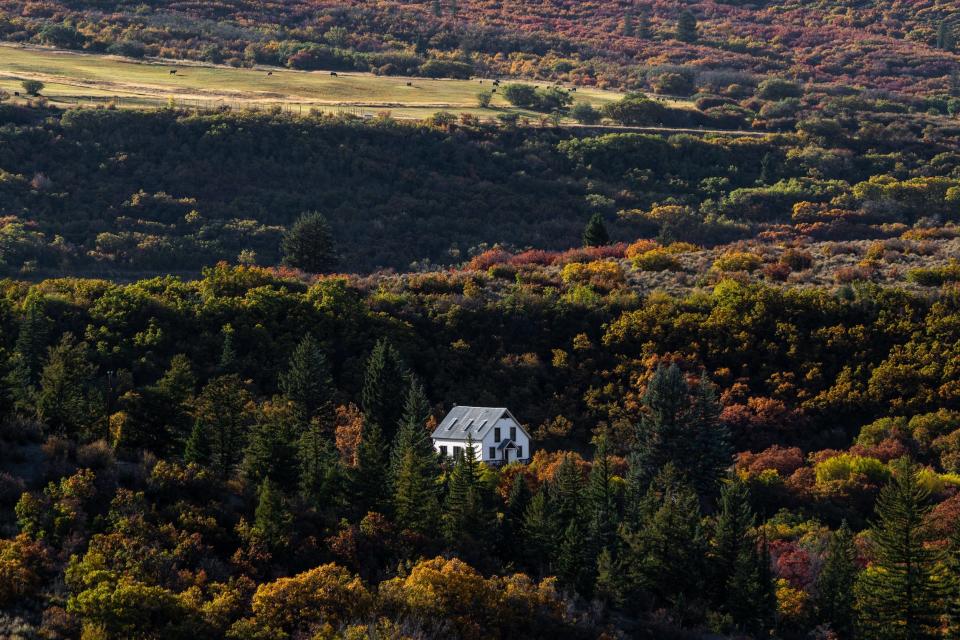
According to Mirr, only about six monks still live on the property. More than a dozen monks lived there in the late 1950s.
"That is part of the reason they're shutting down," Mirr said. "There are just not as many gentlemen in the world — at least in the United States — who want to become monks. And it's just much more of a facility now that they can manage.""
The monastery is hardly in use these days.
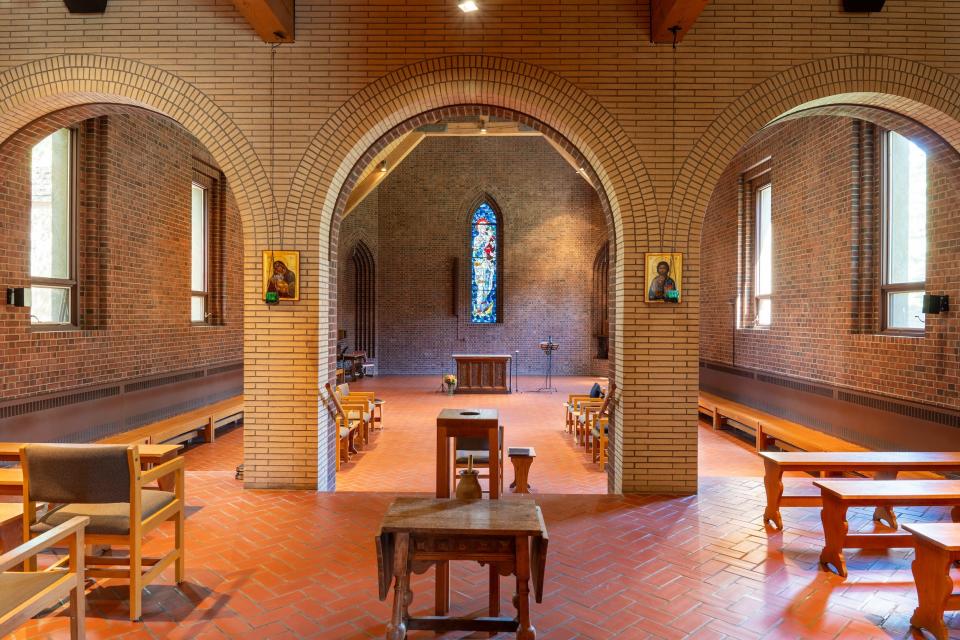
On Sundays, the monastery still holds mass for the public.
But the next buyer doesn’t have to be a monk.
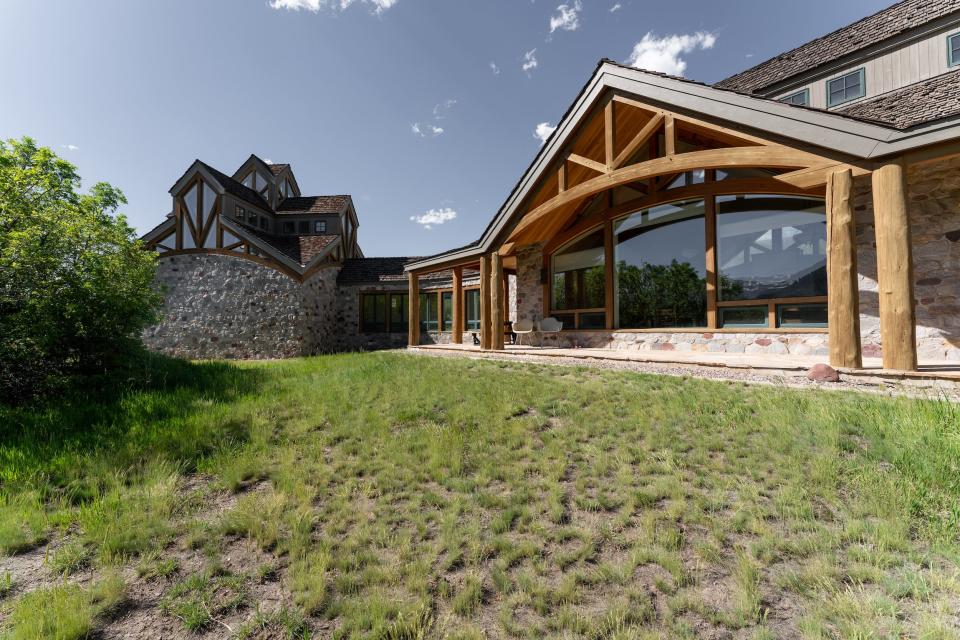
"Somebody can have a different idea of what can be done," Mirr said. "Some people say, 'Does this have to be a faith-based enterprise advisor?' Well, maybe there could be a combination of uses out here, too."
Mirr tries to be realistic with the real-estate developers who have approached him.
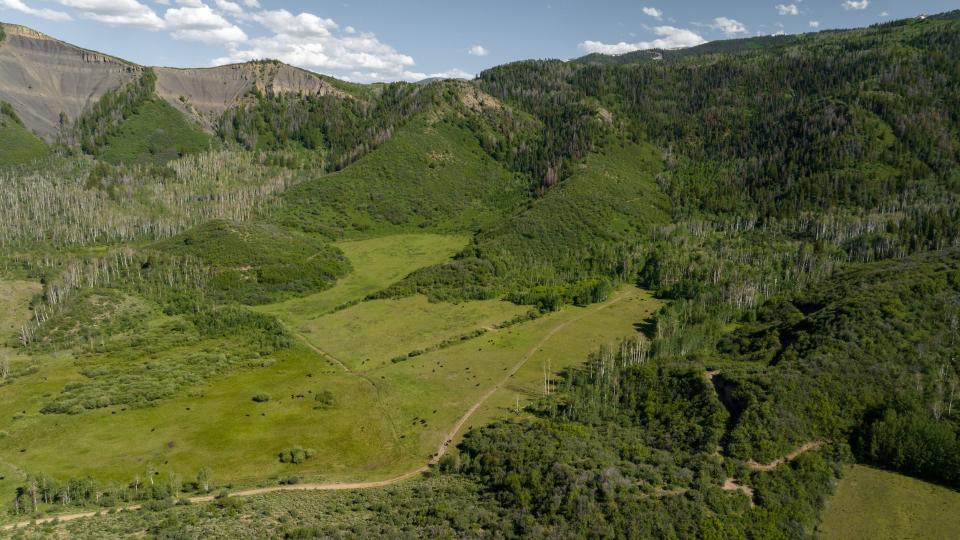
One developer approached him with dreams of building a swanky private club, Mirr said.
"When a developer comes up, and they say, 'Oh, we're going to try to go after this many homes or make it like a Yellowstone Club.' And maybe in any other area that could work, but we just know it won't likely work here," Mirr added. "Why go through the brain damage of going through a county approval process that's subject to public scrutiny that would just taint the property?"
The buyer should expect to spend a lot of time maintaining the property — or at least be prepared to pay someone to do it.
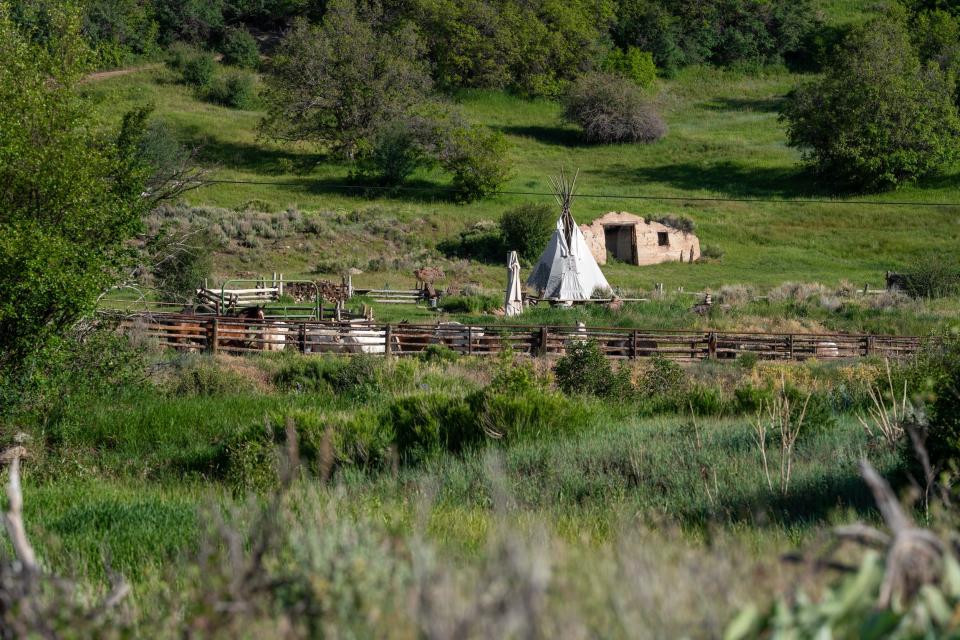
"The owner won't be there 24/7, 365 days a year," Mirr said. "But they will have a rancher that will manage the ranch subject to a grazing plan."
There is a local rancher that takes care of the property and takes into account wildlife conservation, water irrigation, and cattle, Mirr added.
There are about 1,500 acres of irrigated land from the snowpack of the surrounding mountains that support the property.
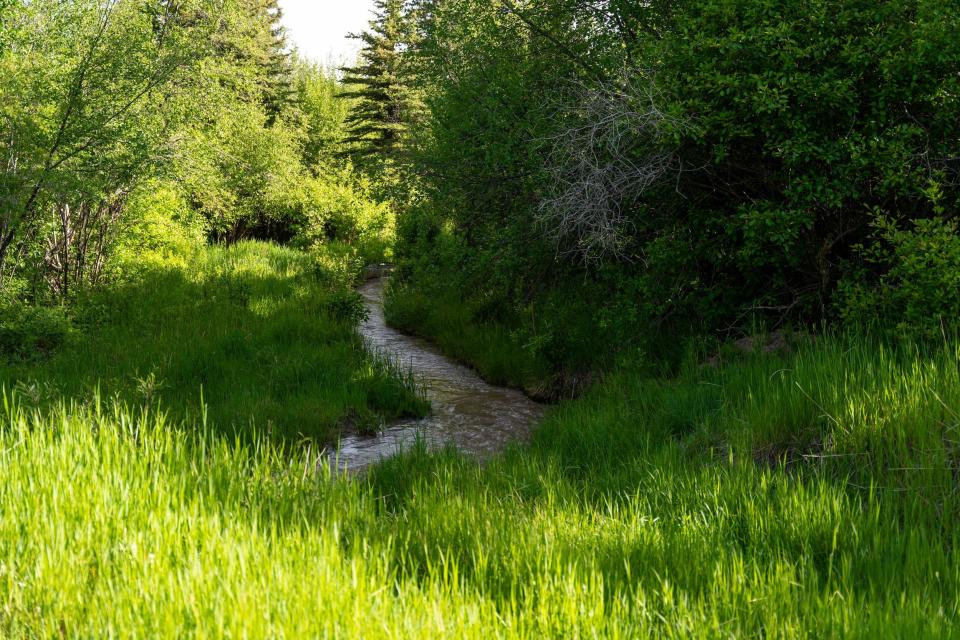
The property has water rights that date back to the 1800s, and the water carries to the Colorado River.
"Water is important, and certainly they mainly use it for growing hay, but that ground that is irrigated helps support wildlife habitat and other things for the area — and it's just a great amenity," Mirr said.
Buyers who want to turn the monastery land into a residential compound might be out of luck.
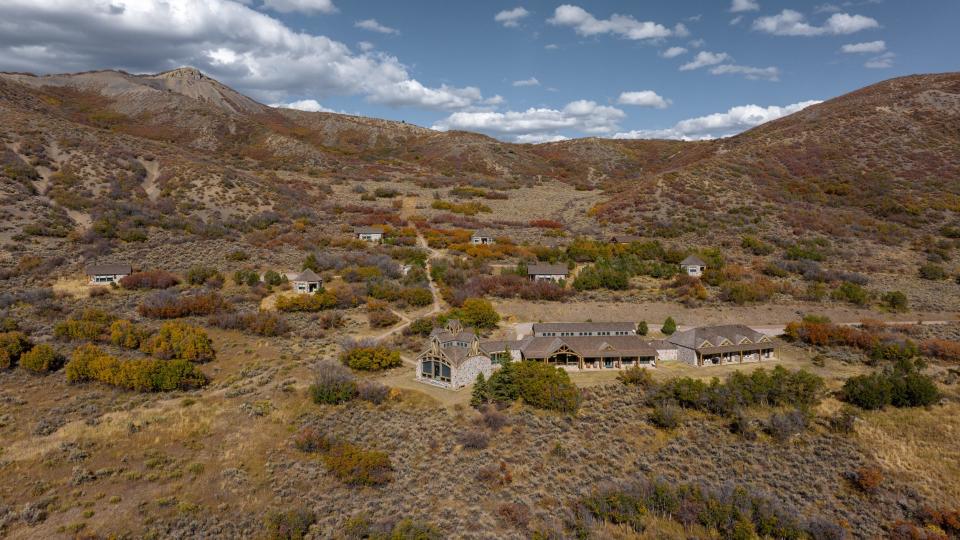
Mirr said that unlike a state like Texas, which sometimes allows basically unfettered building on wide open spaces, Pitkin County has a "growth management quota system," which essentially sets limits each year on the amount of square footage that can be built in a neighborhood.
"Ultimately, somebody who buys this will have to work with the county on some level," he said. "Either accept what they're going to give you, or negotiate with them through a process called the Open Space Master Plan Concept or something similar where you can have a negotiated settlement and still provide a lot of conservation results and outcomes."
While Mirr has fielded a small number of serious inquiries, he’s looking for a buyer that makes sense for the property.
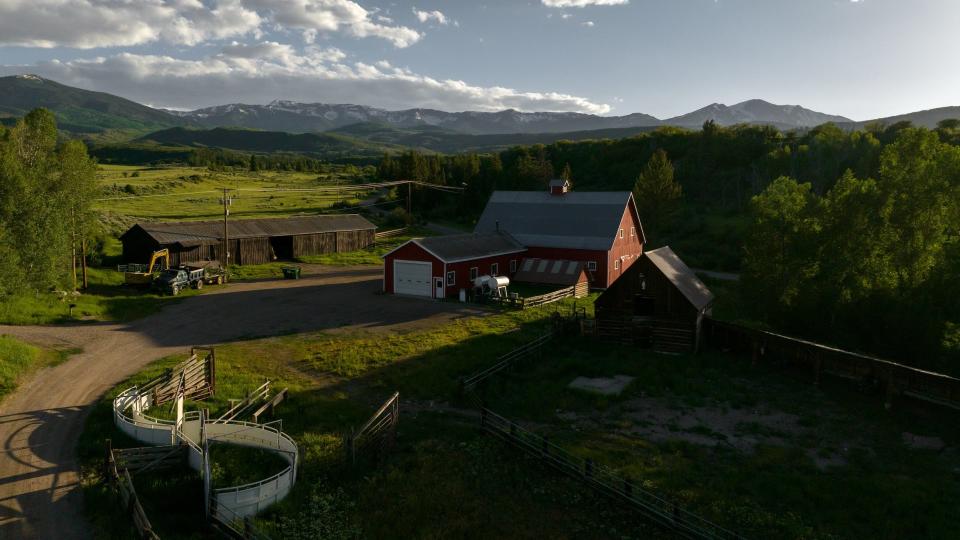
"You can count them on two hands," he said. "Our focus really is to look at a conservation buyer, ultimately, who can work with the code and work with the open space."
Mir added that an eventual buyer could build "a family compound or something of that nature, where you could build home sites, and you could build more barns and outbuildings."
Snowmass, Colorado, is about 15 miles outside Aspen, which drove the asking price up.
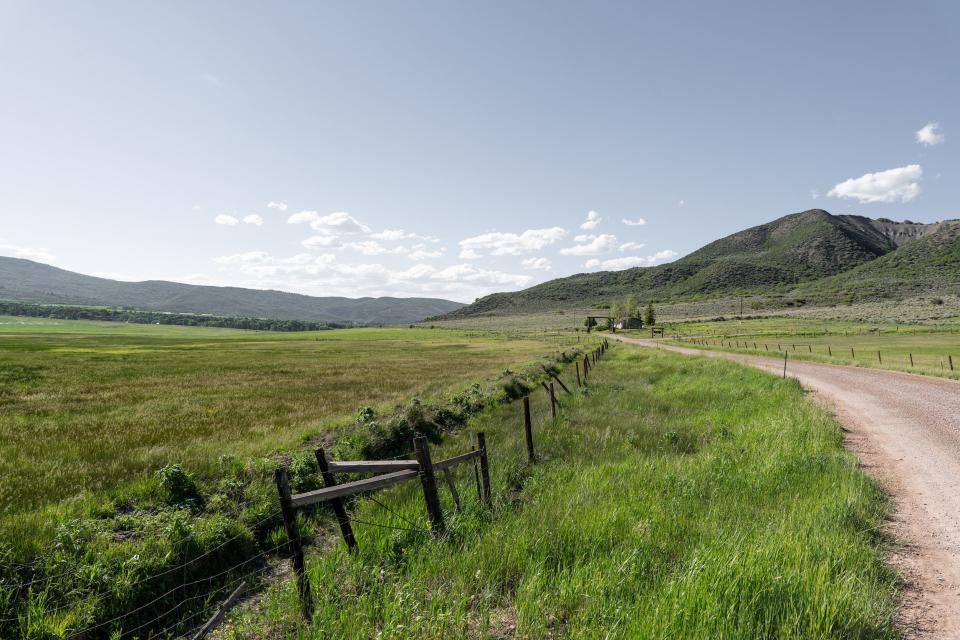
"If this were 3,800 acres in central Colorado, nowhere near here, it would take on a much different valuation," Mirr said.
Pricing the property was difficult as there are not a lot of similar properties nearby.
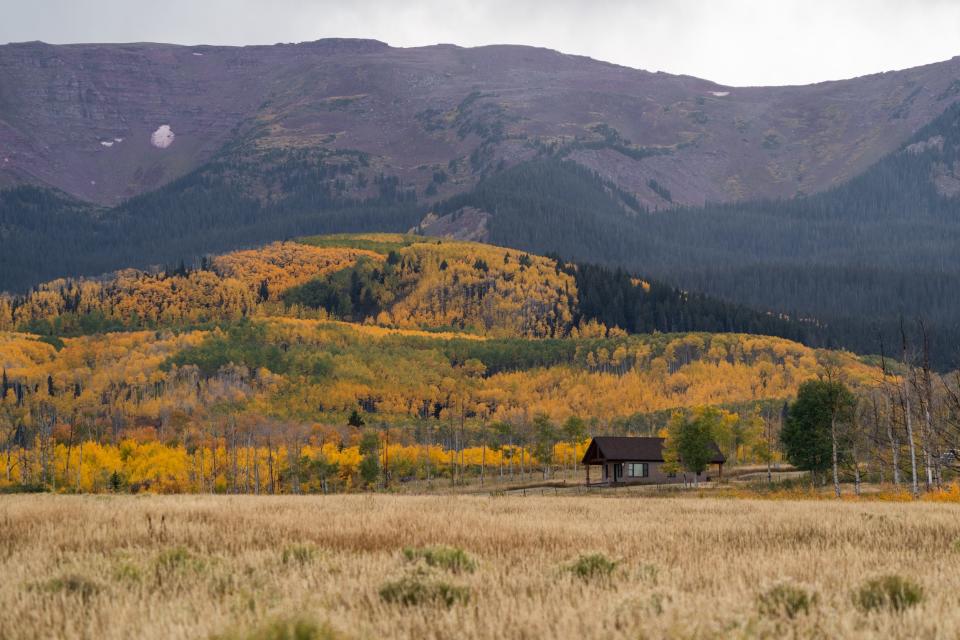
Snowmass Falls Ranch, a 650-acre parcel in the same county, sold to the county for $34 million earlier this year.
The monastery is more than five times its size, but it helped Mirr get a sense of an appropriate asking price.
Mirr anticipates that the monastery's buyer will be someone who wants access to Aspen's skiing — and its wealthy, high-profile residents and visitors.
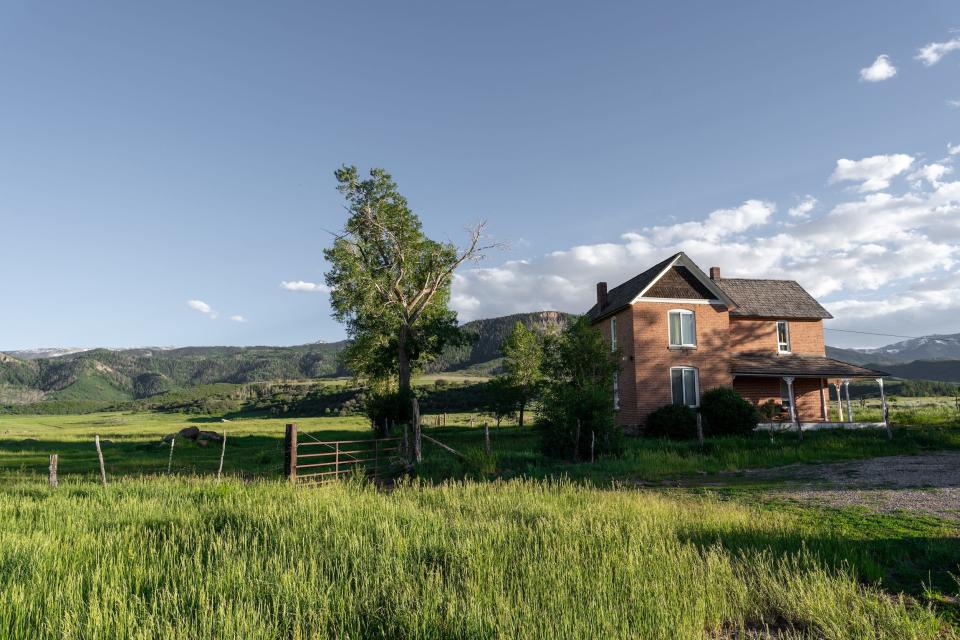
"Aspen's an international city," he said. "If you look at the people who own properties in Aspen, they're from all over the world ‚ a much more diverse buying pool than any other city in Colorado for sure."
In addition to the Aspen Ideas Festival, Aspen hosts other events that draw national and global attendees, including the Food & Wine Classic.
"Thirty minutes to a ski area at 3,800 acres — there's nothing like this in the United States," Mirr added.
Read the original article on Business Insider

